Culture Party for Kids: A Legacy of Multiculturalism
These culture parties have been so much fun to do for and with the kids. Alina is learning so much! And for the factual information she may forget, the idea that the world is bigger than here and us – the family legacy of multiculturalism I’ve always wanted to build – is certainly being nurtured. At the beginning of summer, we put together a Hawaiian themed party that taught facts, embraced food cultures and incorporated cultural crafts for kids from the most tropical American state all of us want to visit… Hawaii!
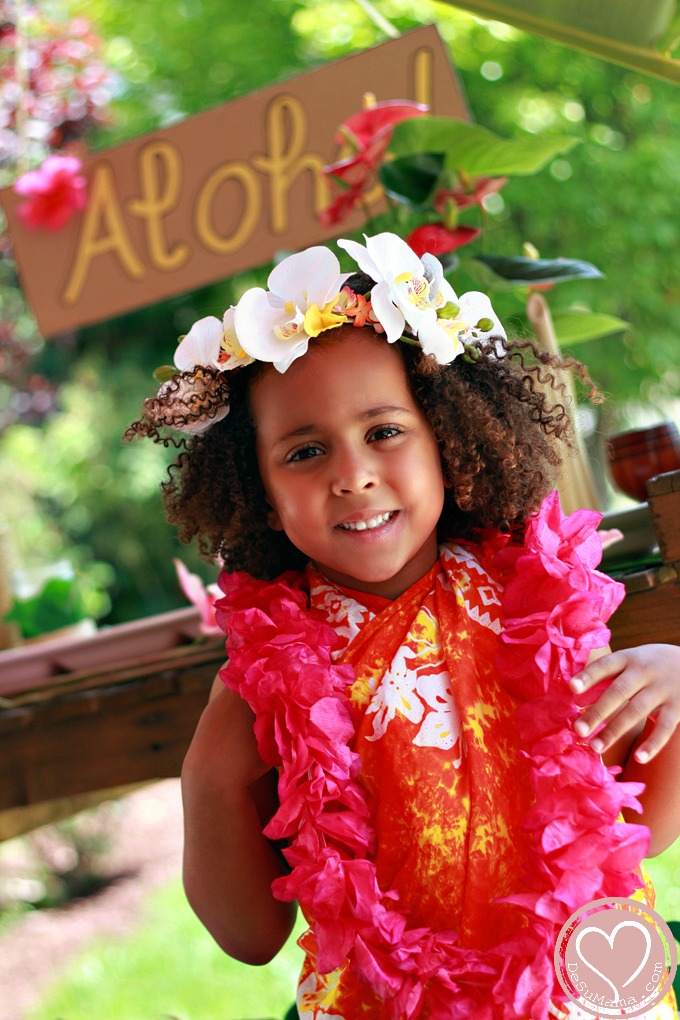
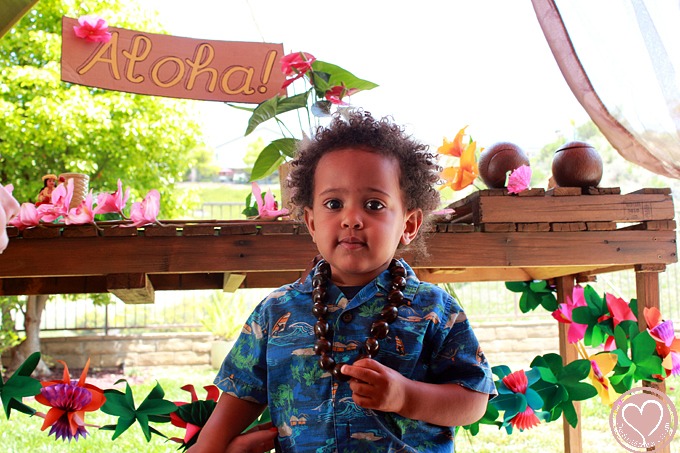
Passport to Culture: Hawaii
Who doesn’t love or want to love Hawaii? D and I have been once and can’t wait to take the kids one day. But you don’t have to fly across an ocean to teach your kids about Hawaiin culture! Here are a few facts that we started teaching the kids as they settled into our luau themed party…
1. Hawaii has two official languages: Hawaiian and English, though Pidgin, Samoan and Tongan are also spoken. There are only 12 letters in the Hawaiian alphabet! Vowels: A, E, I, O, U o Consonants: H, K, L, M, N, P, W. A couple simple phrases in Hawaiian sound like this:
Hello! and Good bye! = Aloha!
Thank You = Mahalo
Sebastian=Kepakiano /Alina=Alina /Vanessa=Puleleuha
2. Hawaii was the 50th (last) state to join the United States in 1959
3. Hawaii is known as “The Aloha State” because of the warmth, sincerity, and friendly nature of its’ citizens. In fact, it is a custom to bestow guests with flower leis as a sign of welcome and goodwill.
4. There are over 130 islands that form Hawaii, although the eight major islands are Niihau, Kauai, Oahu, Maui, Molokai, Lanai, Kahoolawe and the Big Island of Hawaii.
5. Surfing, or heenalu, was invented thousands of years ago by the Polynesians who first settled Hawaii. Their boards weighed more than 150 pounds and measured up to 20 feet
6. The hula was originally a form of worship performed by highly trained men who were supposedly taught the dance by the Hawaiian god Luka.
7. The Hawaiian flag has eight alternating white, red and blue stripes that represent the eight islands of Hawaii.
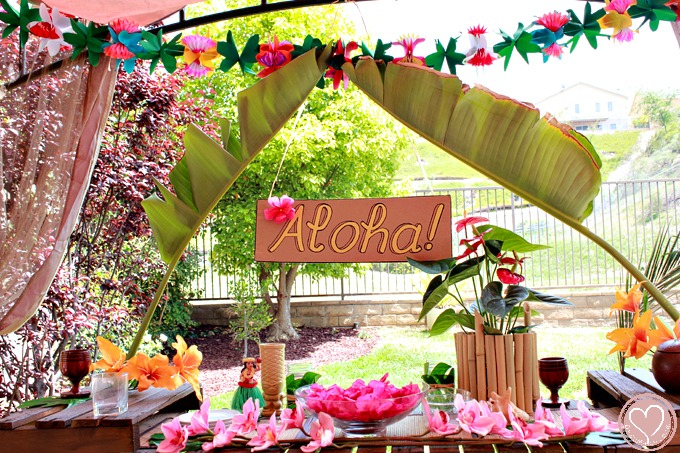

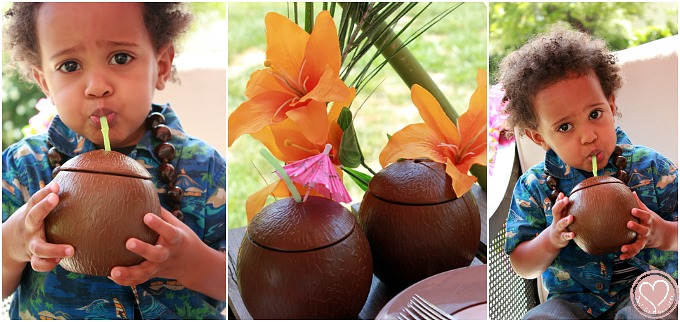
After practicing some hula moves and the Hawaiin phrases we learned, as well as discussing how we can behave with the “Aloha spirit”, it was lunch time! We ordered out from a local, authentic Hawaiian restaurant and enjoyed: Kalua pig and cabbage, Chicken Katsu, macaroni salad and rice. We drank coconut water from our very plastic coconuts, too!
Our entire meal wasn’t store bought, though! The kids and I had fun making homemade Coconut Pineapple Huapia – a traditional Hawaiian dessert that is like a pudding consistency. Alina was hesitant to try it, and had she not made it with me, may have declined it altogether. She braved the new pudding though (one reason why I always have her in the kitchen with me when cooking new recipes) and ended up asking for seconds! I’ve added the recipe for you below…
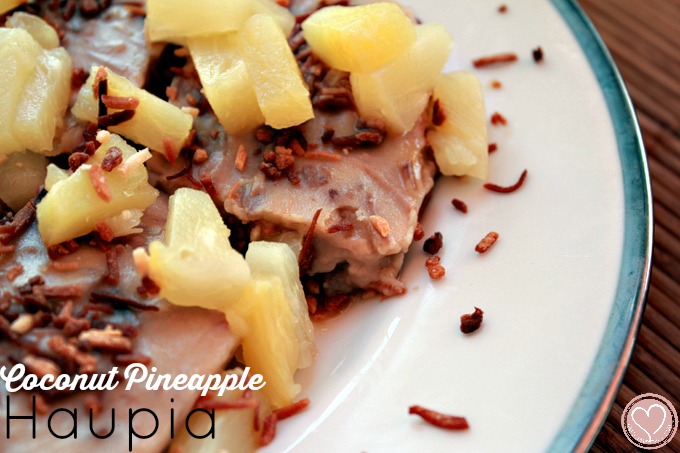
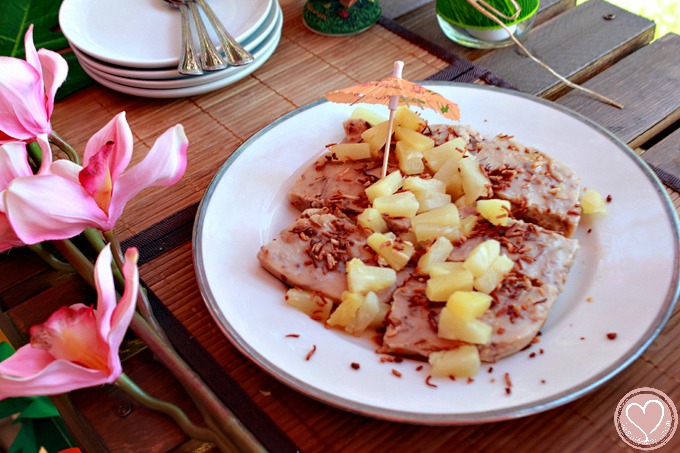
Hawaiian Coconut Pineapple Huapia Recipe
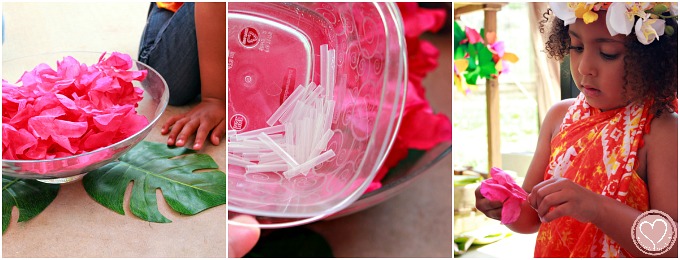

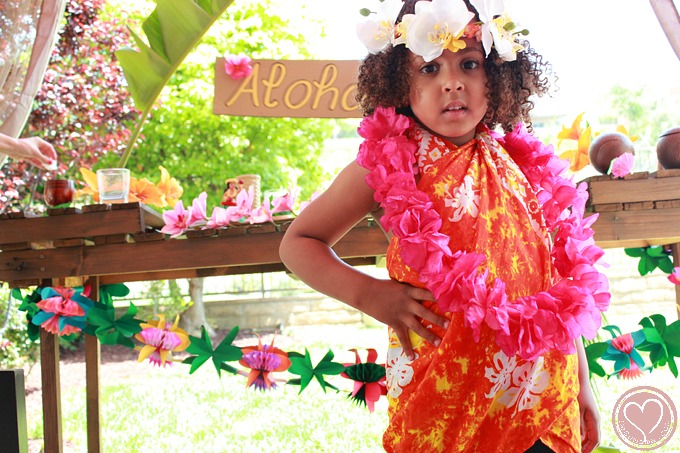
After lunch and dessert, we moved onto a simple culture craft for kids that was great for fine motor skills and concentration – Lei making! Alina did awesome and had a good time chatting with us while she thread a few flowers then a spacer. She was focused, yet comfortable and having fun, while she diligently created a pattern to follow. On this day, I kept looking at her and realizing how beautiful she is – how smart and intrigued she is by all that I present her. I felt blessed.
Sebastian could hardly sit still and would thread a flower into his sister’s lei when she let him. He sat enjoying his coconut water, listening to the girls chatter, and as they sat in a rare moment of stillness, I shot this image of them during our Hawaiian party. I think the Hawaiian culture of Aloha suits my babies.
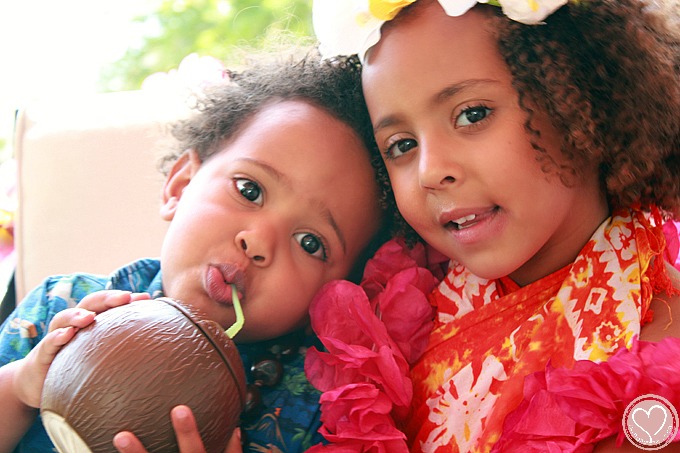
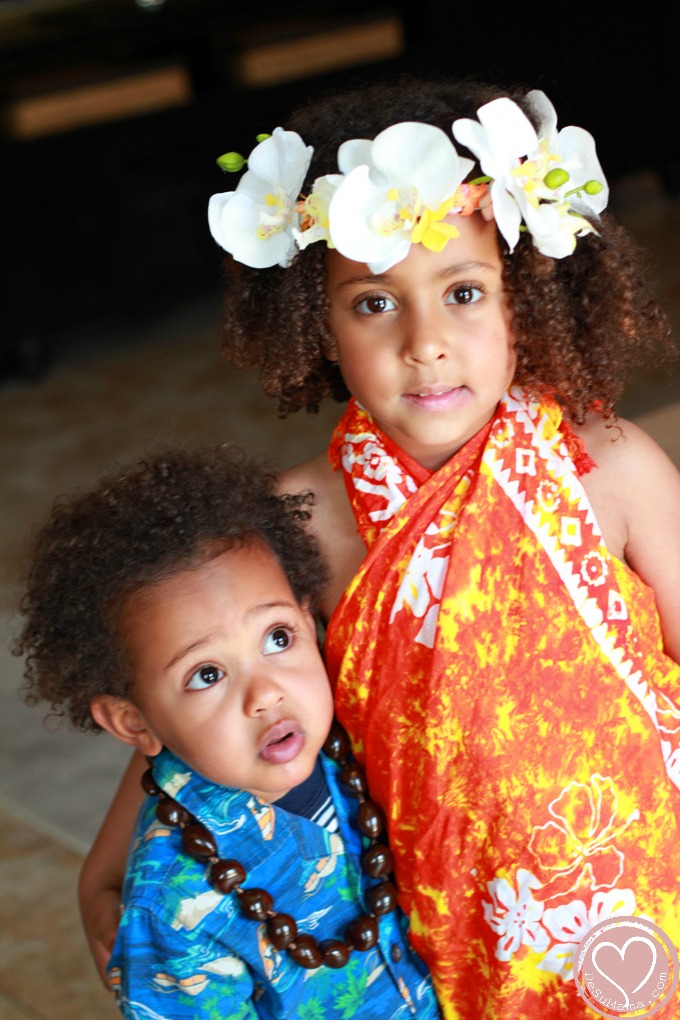
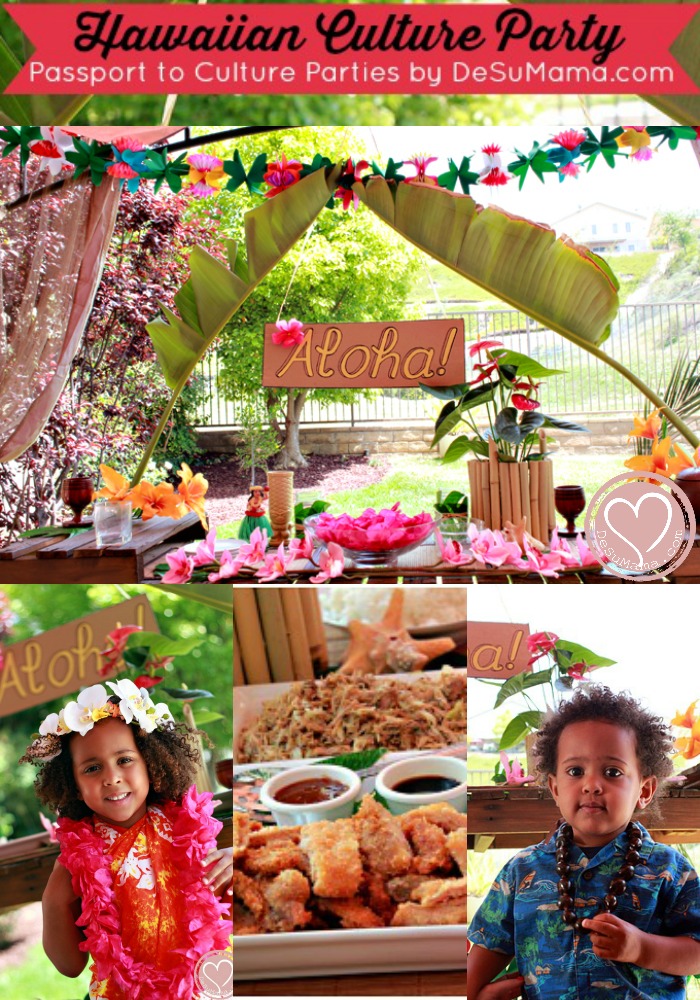
Of course, after all of our fun, Alina colored her Hawaiian passport stamp and glued it to her Passport to Culture Passport book. We had great fun!
These culture parties for kids has proven to be a very fun part of parenting. To be honest, if I could (or had the courage) I would whisk Daddy D and our kids off to explore the world for real (and for good!) redefining our family legacy into one that truly encompasses multiculturalism and an understanding of our world’s cultures. Alas, this is the best I can for now. All realities started out as dreams once anyway, right?
If you like these Passport to Culture parties, please share and pin! And if you ever host one of your own, do let me know… I’d love to check out how you’re building a family legacy of travel and culture!

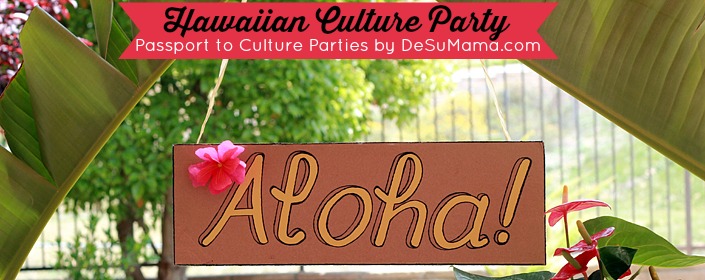
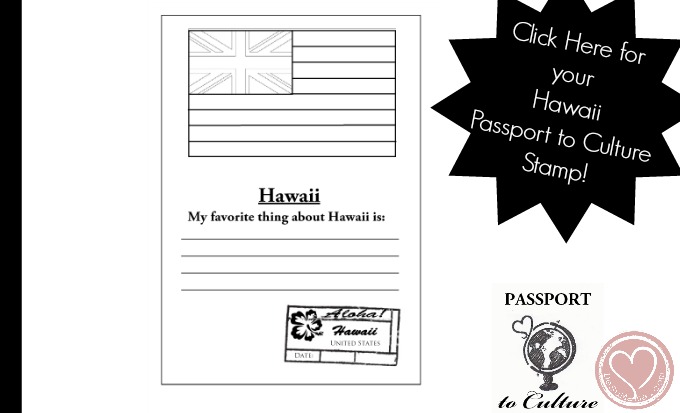
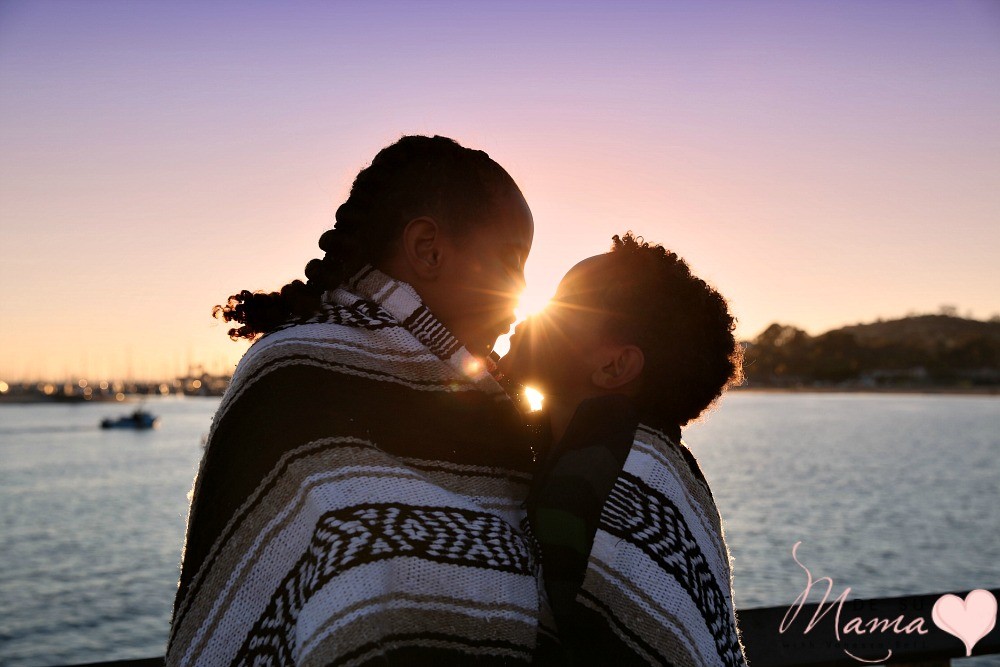
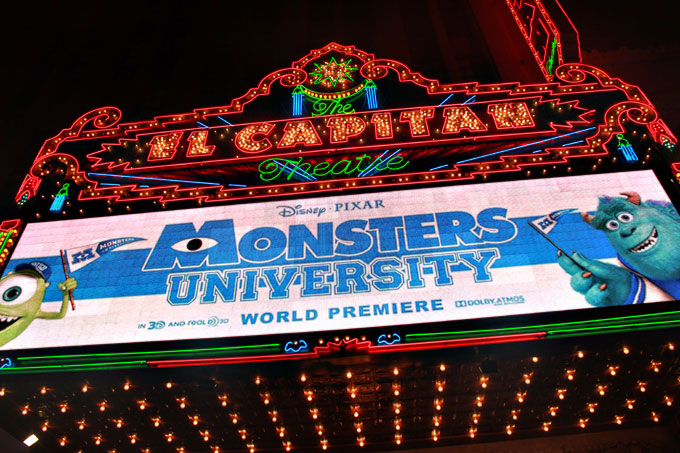
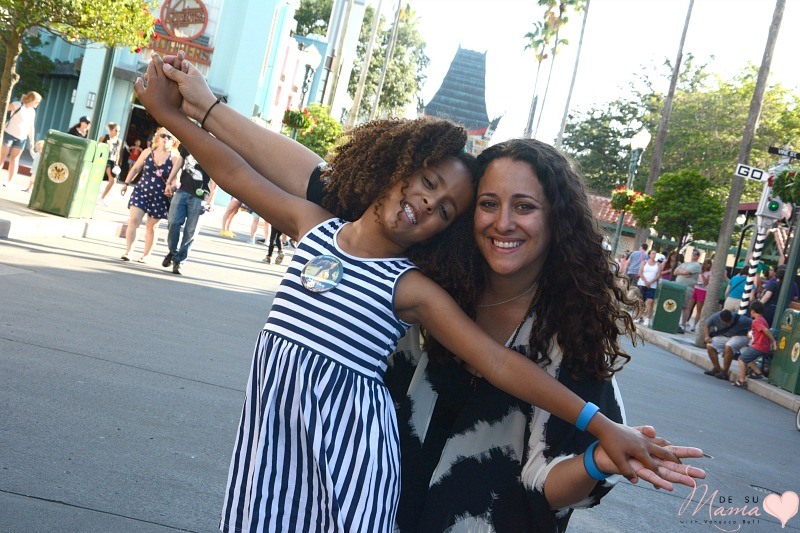
5 Comments
Ruby DW (@RubyDW)
July 23, 2014 at 1:20 pmSuch a cute party Love the printable thanks!
Ann-Marie
August 13, 2014 at 10:13 amGreat ideas. Going with Grandchildren in a few days. Loved the printables. Thank you.
Alia
April 15, 2016 at 8:00 pmAloha mai kakou from Hawai’i,
I love your ideas and the foray into increasing the cultural scope of your children!
As a Native Hawaiian and someone who has studied our ethnic climate however, there are a few things I wanted to share.
The Hawaiian alphabet also includes the ‘okina and the kahako (although I can’t make the kahako on this computer). The ‘okina represents itself as a mirrored apostrophe, and is a glottal stop. For example, with he’e nalu (surfing), it would be pronounced heh-eh na-lu. The kahako lengthens vowel sounds. For example, anuenue (rainbow) has a kahako over the ‘a,’ and thus the ‘ah’ sound would be lengthened.
Our vowel system is very similar to Japanese pronunciation:
A = ‘ah’
E = ‘eh’
I = ‘ee’
O = ‘oh’
U = ‘ooh’
Just as surprising is the prevalence of a few other languages here – the highest second language or language spoken other than English in Hawai’i is very usually a form of Filipino (Ilokano or Tagalog), Marshallese, or Japanese.
Hula has two legendary stories of origin: one from the goddess Laka, stating that hula began on Moloka’i, and another stating that hula began as a dance of appeasement from Hi’iakaikapoliopele to her sister Pele. Hula is traditionally a form of worship, as well as storytelling, genealogy, and veiled love letters (lots of kaona, or hidden meaning).
Native Hawaiian culture is very different from our current local culture of Hawai’i, and this has extended to the cuisine. Pineapple is not a Native Hawaiian food (in fact, in Hawaiian, it’s called hala kahiki, or “foreign hala” because it looks like hala fruit, but is foreign). Native Hawaiian diet is generally high protein and vegetation, with carbohydrates in the form of poi, or pounded kalo (taro) mixed with water to create a paste, which was often eaten simply with our fingers. Foods that are often thought of as synonymous with today’s Hawaiian culture (macaroni salad, pineapple, katsu, etc.) are actually products of the plantation era of Hawai’i that came as a result of the many cultural groups that came to work on the plantations from the mid-1800s on.
I hope that didn’t sound like a rant. It really wasn’t. I am exceptionally passionate about culture, particularly those that are my own, and I just wanted to share since it sounds like you are definitely trying to be authentic in your sharing. 🙂
Vanessa Bell
April 16, 2016 at 12:29 amOh I love this, Alia! Thank you so very much! We’re finally taking the kids to the Islands this summer and am grateful for your cultural knowledge so I can pass it down to the babies. Thank you!!!